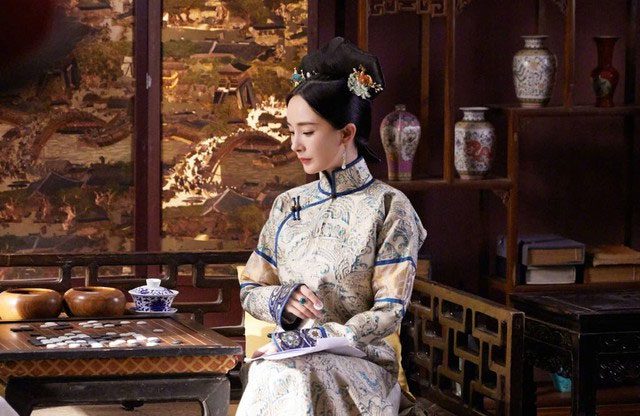We all know that emperors during the feudal era were buried in royal tombs, accompanied by numerous precious burial items so that they could continue to live in luxury in the afterlife, according to the beliefs of that time.
Not only material possessions, many emperors also practiced the custom of burial with concubines, burying them alongside themselves for companionship and service.
However, have you ever wondered what these concubines took with them when they passed away? How would their belongings be handled? Would they enter the afterlife in wealth and splendor?
In fact, this issue depended on the status of the concubines during their lifetime and the affection the emperor had for them. Some were buried respectfully in royal tombs, accompanied by valuable gold and silver jewelry. On the other hand, many died quietly in the inner palace; would these individuals, who carried the emperor’s disdain, be allowed to rest in the royal tombs? Certainly not!

After death, the property of concubines is returned to the Ministry of Internal Affairs. (Illustrative image).
Next, let’s address the question: How is the property of concubines handled after they pass away?
During the Qing dynasty, with three thousand beauties in the inner palace, which seemed extravagant, the concubines did not need to worry about food and clothing; they only had one duty: to serve the emperor and bear children for the royal family.
Yet behind this luxurious facade lay a reality that evokes pity.
Many historians have researched and discovered that regardless of how high a status a Qing concubine held or how many precious items were bestowed upon her, she only had “usage rights,” not “ownership” to those items. Therefore, after a concubine died, her property had to be returned to the Ministry of Internal Affairs, which could then be given as rewards to other concubines in the inner palace shortly thereafter.
Among the items returned to the Ministry of Internal Affairs, especially valuable items made of gold such as gold plaques and seals, would be melted down and reshaped for continued use.
As for clothing and other personal belongings, they could be given to the concubine’s maid, their relatives, or to concubines of lower status.
This principle also applied to the sleeping quarters; when one person left, another would take their place, remaining vacant only if ordered by the emperor or if it became an inner palace for a concubine punished for some reason.
According to historical records, Emperor Qianlong clearly stated in the regulations enacted in the palace that the property of concubines in the inner palace was a gift from the emperor, and could not be transferred to their biological families; external family property was also not permitted to be brought into the palace.
It is known that each item given to a concubine was recorded and documented by the Ministry of Internal Affairs, so that upon their death, it could be fully reclaimed and circulated for use in the inner palace. This recording system aimed to manage the court’s assets while also controlling and preventing the illicit trading of goods in the presence of the emperor.
In the feudal era, once a woman entered the palace as a concubine, her life was wholly dedicated to the emperor. Receiving the emperor’s favor brought joy and nobility, while lacking such privilege meant living a silent, inconspicuous life in the majestic inner palace. However, even if one became the empress, they could not truly own anything, including their children and their freedom.
Upon death, one still had to see where the emperor decided they would rest. This was the fate of concubines in ancient times.


















































